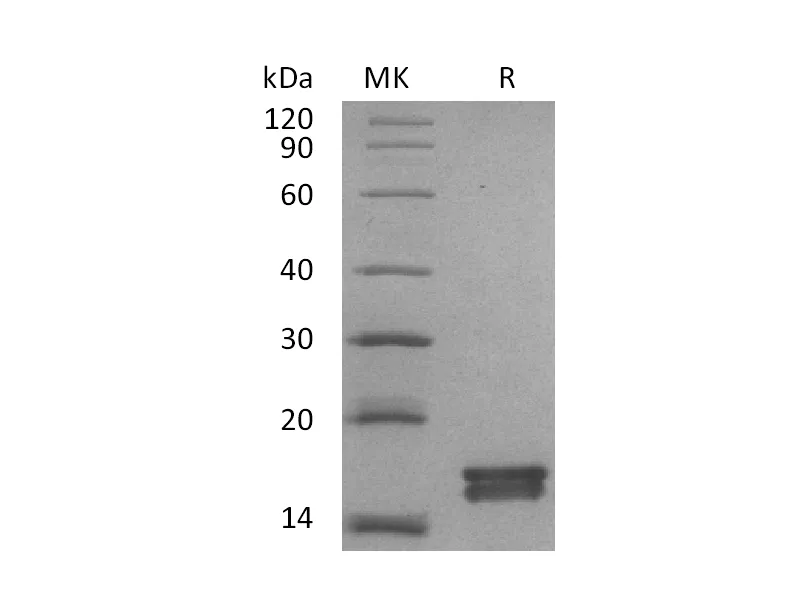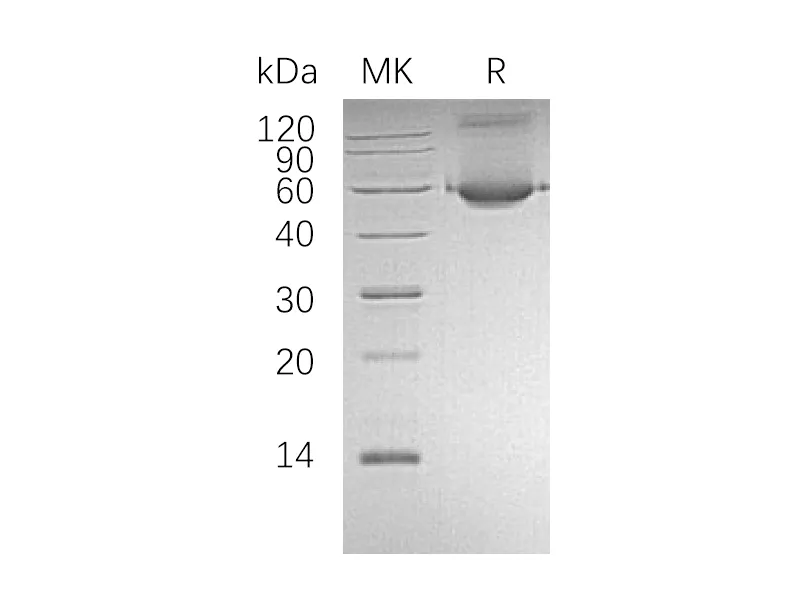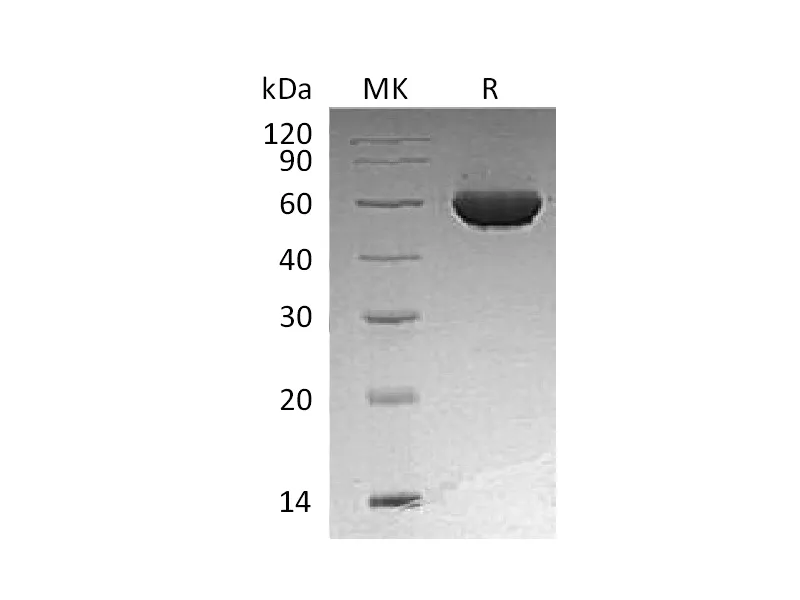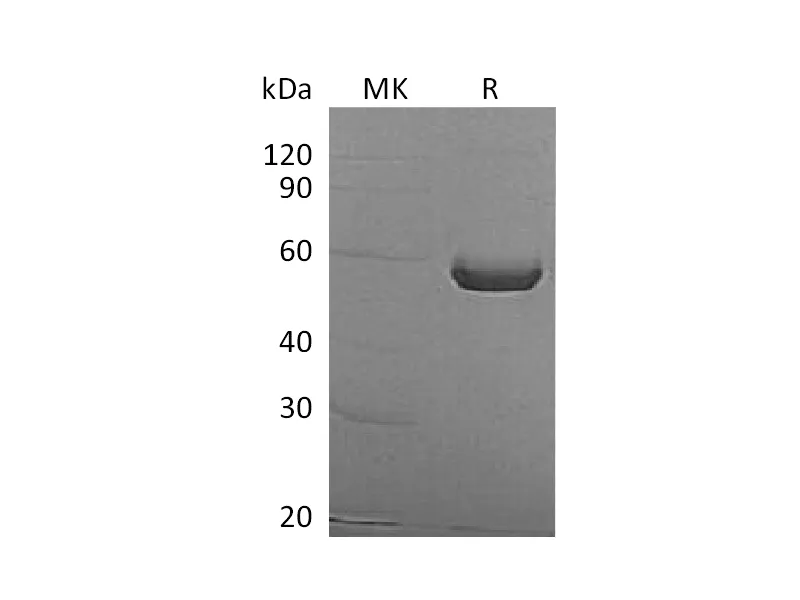Alternative Names
CD27 antigen;CD27L receptor; T-cell activation antigen CD27; Tumor necrosis factor receptor superfamily member 7; T14 and TNFRSF7.
Background
CD27 antigen is also known as CD27L receptor, T-cell activation antigen CD27, Tumor necrosis factor receptor superfamily member 7, T14 and TNFRSF7. In humans, it is encoded by the CD27 gene. CD27 is a single-pass type I membrane protein with 3 TNFR-Cys repeats. It is a member of the TNF-receptor superfamily and is required for generation and long-term maintenance of T cell immunity. It binds to ligand CD70, and plays a key role in regulating B-cell activation and immunoglobulin synthesis. It plays a role in survival of activated T-cells and apoptosis through association with SIVA1.
Note
For Research Use Only , Not for Diagnostic Use.




